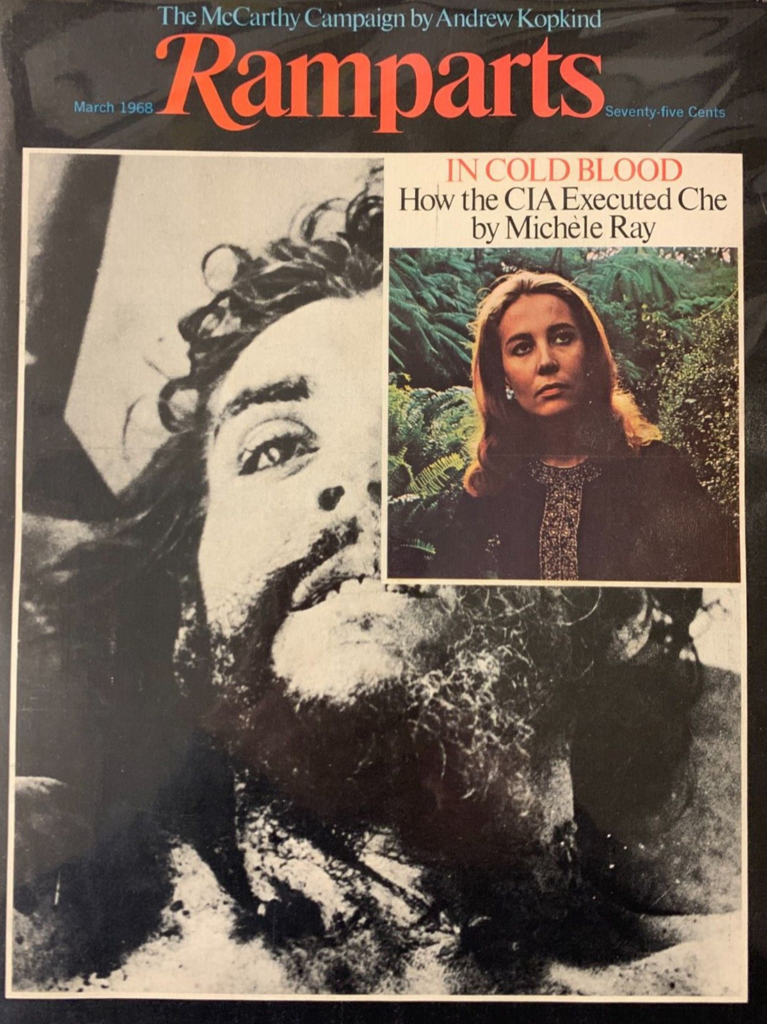
[This article continues CovertAction Magazine’s efforts to expose the CIA’s sordid history.—Editors]
Ramparts magazine was a beacon of the 1960s social movements: an anti-establishment muckraking magazine that published important exposés of the CIA, including its involvement in the murder of Ché Guevara, its infiltration of the National Student Association (NSA), and its support for clandestine police training programs in South Vietnam using the cover of Michigan State University (MSU).
The CIA not surprisingly fought back, embarking on a campaign to undermine and destroy the magazine. CIA operative Edgar Applewhite told author Evan Thomas: “I had all sorts of dirty tricks to hurt their circulation and financing. The people running Ramparts were vulnerable to blackmail. We had awful things in mind, some of which we carried off.”[1]
The CIA at the time was running Operation Mockingbird, headed by Cord Meyer, Jr., which infiltrated more than 25 newspapers and wire agencies and manipulated the American media to promote the CIA viewpoint.
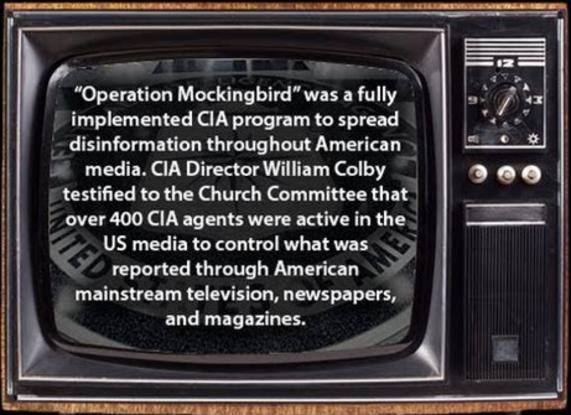
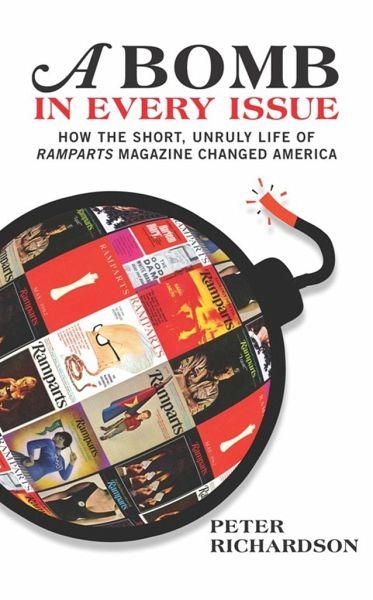
Three thousand salaried and contract CIA employees were engaged in propaganda efforts as part of Operation Mockingbird, one of whose biggest initial supporters was Philip L. Graham, publisher and owner of The Washington Post.
Ramparts was targeted for destruction because it was never infiltrated under Mockingbird and sustained a radical, independent edge.
Peter Richardson’s book, A Bomb in Every Issue: How the Short, Unruly Life of Ramparts Magazine Changed America (New York: The New Press, 2009), details Ramparts’ evolution from a Catholic dissident magazine in the early 1960s into the “premiere leftist publication of its era.”[2]
Ramparts founder Edward Keating was a friend of Idaho Senator Frank Church, a progressive Democrat who chaired hearings that exposed the CIA.
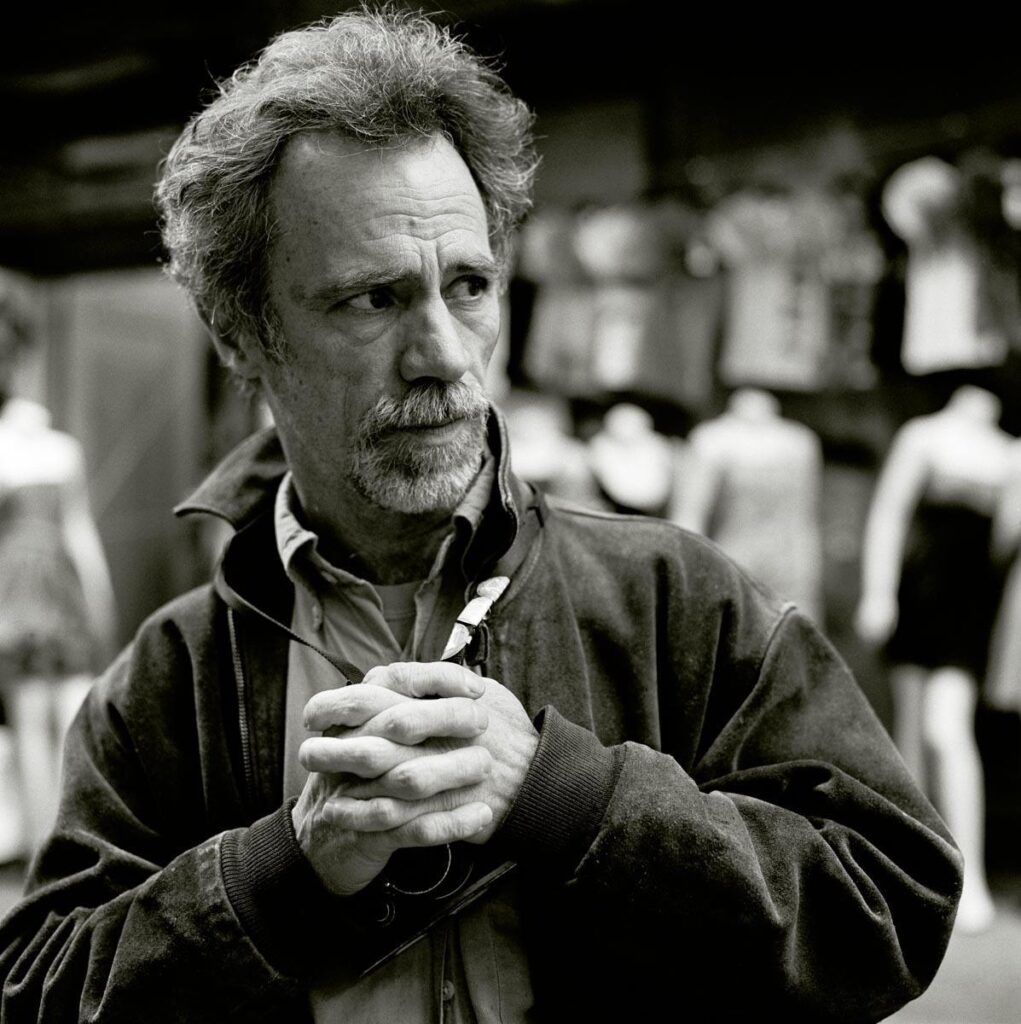
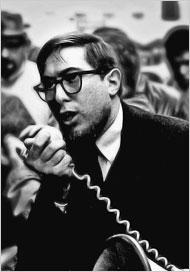

In 1965, Ramparts began to probe the CIA’s role in Vietnam. Editor Robert Scheer wrote an exposé of Thomas Dooley, a Navy doctor working under CIA cover in Vietnam whose 1956 book, Deliver Us from Evil, was part of a CIA psychological warfare operation designed to demonize the Vietnamese communists.[3]
With Warren Hinckle, a former city reporter for The San Francisco Chronicle, Scheer also wrote an exposé of the CIA-funded American Friends of Vietnam (the AFV), a lobby group advocating for a massive aid program to South Vietnam’s fascist Premier Ngo Dinh Diem that “had a lot to do with getting the U.S. into the Vietnam War,” according to historian Joseph Morgan.[4]
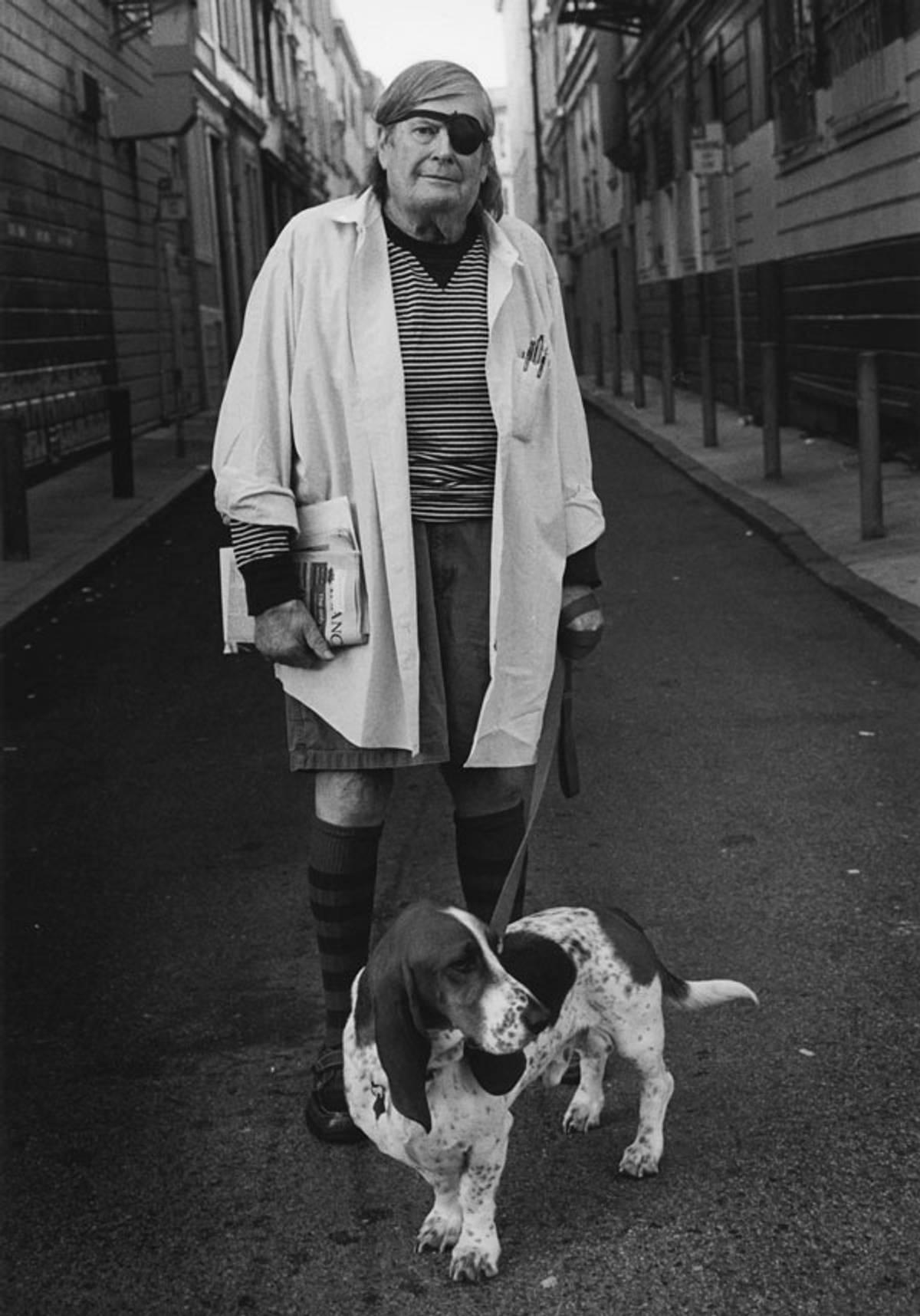
Scheer followed that piece with the April 1966 exposé, written with Sol Stern, of MSU police training programs and their connection to the CIA and role in helping to build a repressive police apparatus that helped provoke the Vietnam War.
A key source for the article, Stanley K. Sheinbaum, was a disaffected MSU professor who had been co-director of MSU’s Vietnam Project in 1957.
When the article ran, the cover featured an illustration of a busty Madame Nhu (Diem’s sister-in-law) wearing an MSU cheerleading outfit and holding an MSU pennant.[5]
According to Richardson, the publication of the MSU exposé “startled the U.S. intelligence community.” CIA Director William Raborn, Jr., ordered a “rundown on Ramparts,” especially Sheinbaum and Scheer, on a “high-priority basis.”[6]
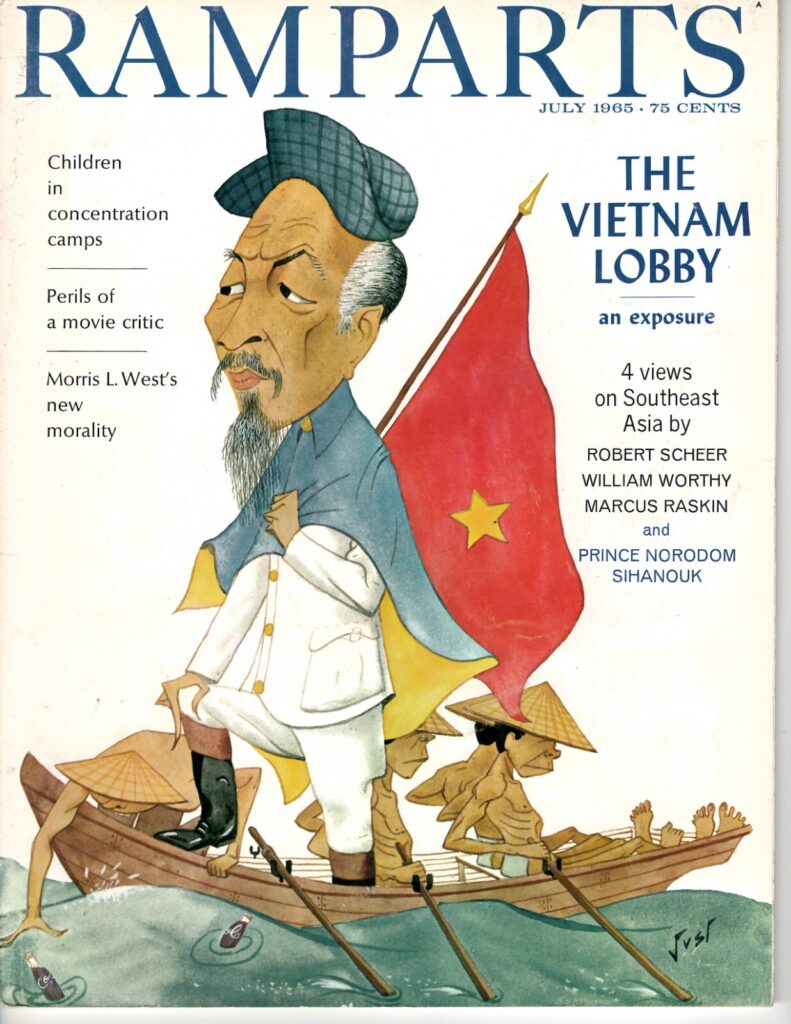
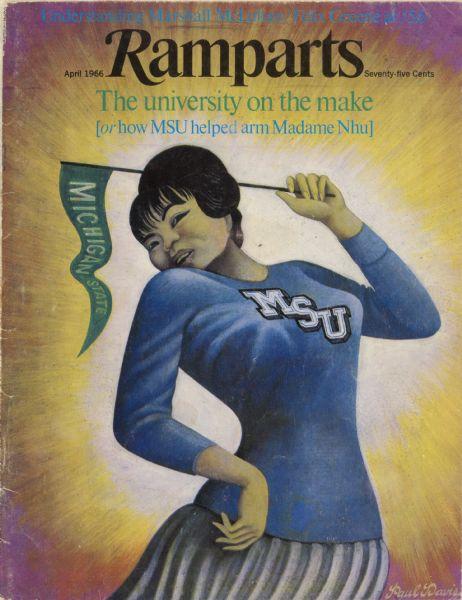
This order violated the National Security Act of 1947 establishing the CIA, which prohibited it from spying on U.S. residents.[7]
Afterwards, CIA officers spent two months identifying Ramparts’ investors, trying to link the magazine to foreign funding, although could find no evidence of this.
When Ramparts exposed the CIA funding of the NSA, Desmond Fitzgerald, the CIA’s director of counterintelligence, tried to suppress the story and discredit its authors by spreading rumors that they were operating as part of a communist plot.


The story was so significant, Ramparts writer Sol Stern has suggested, because until that story broke, the government “could count on the mandarins of Washington journalism to protect national-security secrets.”
CBS News subsequently broadcast a program narrated by Mike Wallace, “In the Pay of the CIA: An American Dilemma,” which described the maze of CIA-connected foundations and civic groups that had received agency money.
Wallace interviewed apologetic liberals who had been active in the funded organizations, including feminist stalwart Gloria Steinam and socialist leader Norman Thomas.
According to one CIA operative, the Ramparts scoop led to “the biggest security leak of the Cold War.”[8]

Afterwards, a team led by CIA counterintelligence specialist Richard Ober came to investigate 127 writers and researchers and 200 other Americans connected to Ramparts.[9]
A graduate of Harvard and Columbia Ober was described by historian Hugh Wilford as “tall, soft-spoken and charming, with an impeccable record of dedicated service both in the field and at headquarters.” He worked under infamous CIA counter-intelligence specialist James J. Angleton who wanted to unearth “material of a derogatory nature” about Ramparts, and in turn prove that Ramparts was a “subversive unit.”[10]

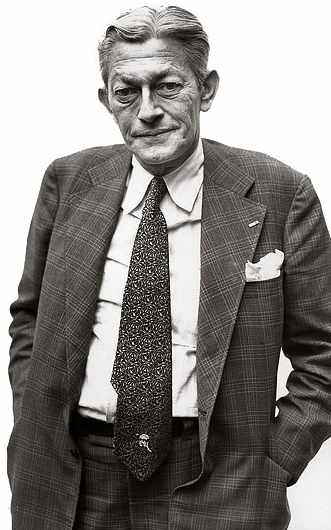
The operations against Ramparts were part of a wider CIA program to investigate hundreds of underground newspapers, many of which provided critical analysis of the Vietnam War and celebrated the youth counter-culture.[11]
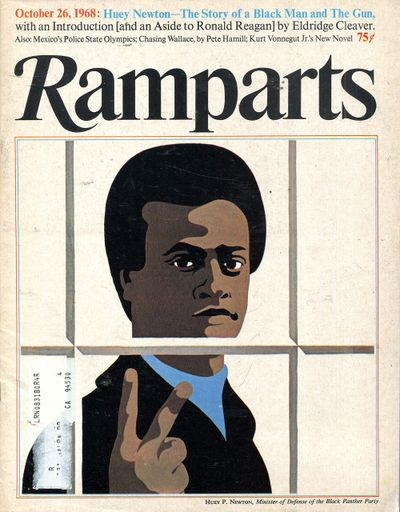
After a strong run throughout the 1960s and early 1970s and numerous other exposés of the CIA, Ramparts ultimately folded, owing to mismanagement and a dwindling subscription base resulting from the decline of the 1960s social movements.
A few of its editors and contributors–notably David Horowitz, Sol Stern[12] and Fox News host Brit Hume–afterwards turned sharply to the right.[13]
During its heyday, Ramparts obtained a circulation of 250,000 and won the George K. Polk award for its journalism.
Publishing famous writers like Hunter S. Thompson, Noam Chomsky, Seymour Hersh, Peter Dale Scott, Adam Hochschild, Eldridge Cleaver and many others, Ramparts ran important pieces by feminist authors and on the environmental movement[14], along with pieces on police repression of the Black Panthers[15], the innocence of the Rosenbergs (accused spies who were executed in the McCarthy era)[16], and about the CIA’s complicity in the Southeast Asian drug trade.

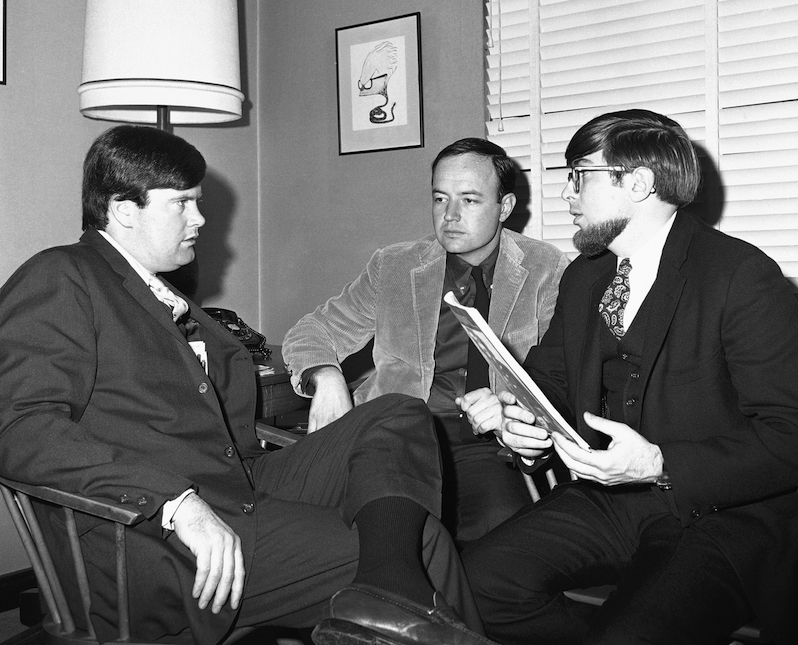
Additionally, Ramparts published articles that provided sympathetic portraits of socialist revolutionary movements and governments in the so-called Third World, including China, North Vietnam, North Korea and Cuba.
One Ramparts’s story that was publicized in the recently declassified JFK assassination files profiled the case of Gary Underhill, a World War II-era military intelligence official who died under suspicious circumstances after suggesting that a cabal of CIA officers implicated in gun running, narcotics smuggling and other criminal activities were behind JFK’s assassination.
Ramparts also ran a story by ex-FBI agent William Turner supporting New Orleans District Attorney Jim Garrison’s theory that Lee Harvey Oswald was a CIA agent, which has since been corroborated.[17]
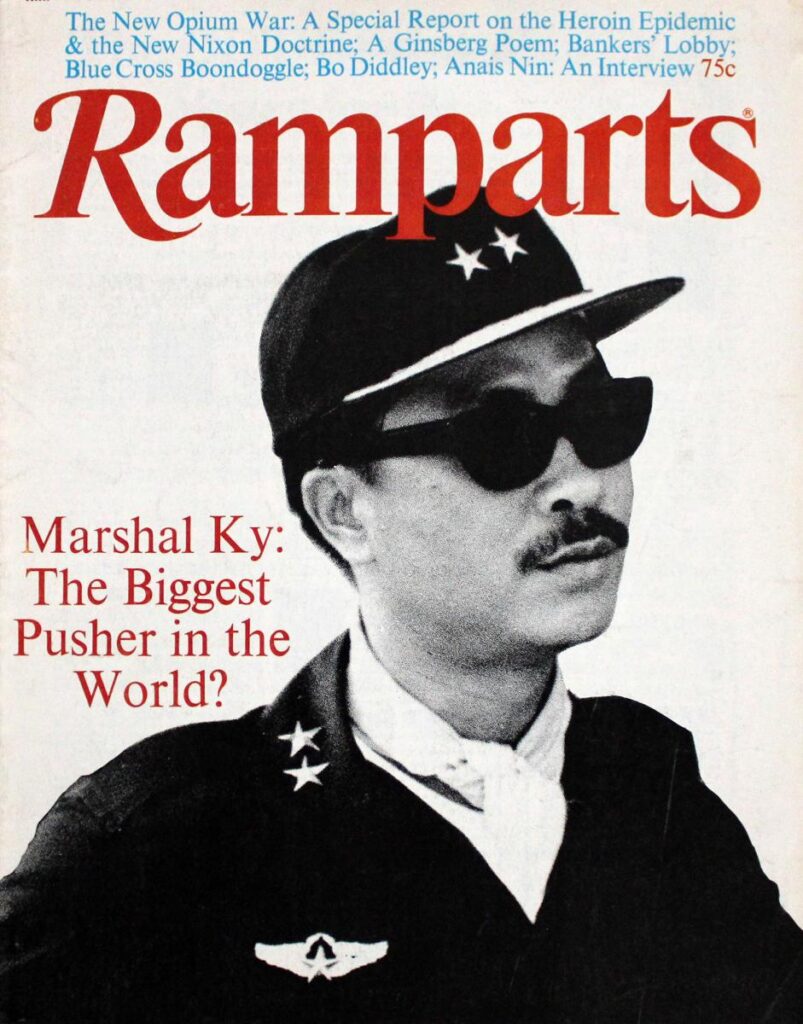
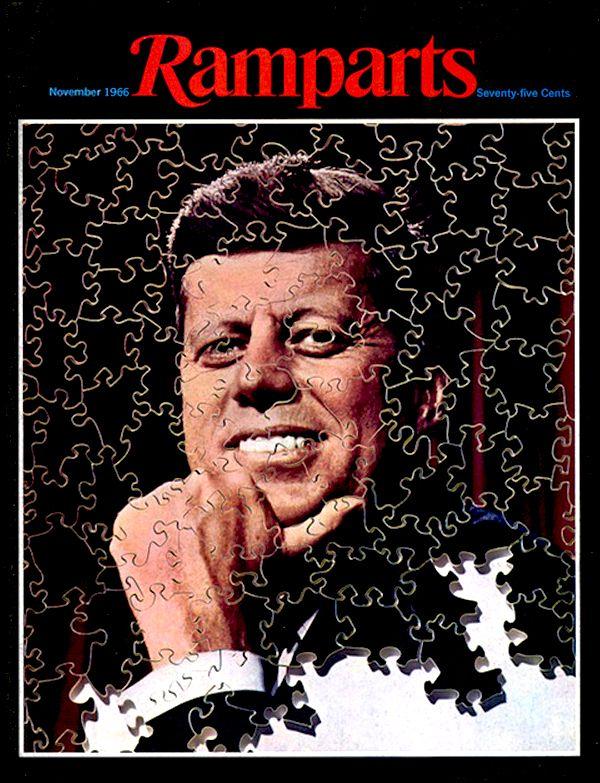
Ramparts reflected the zeitgeist of the New Left in its rebuke of mainstream liberal politicians like California Governor Pat Brown (D. 1959-1967) whom it said had “destroyed any principled alternative to Reaganism [Ronald Reagan, a right-wing hawk on Vietnam who attacked the student movement at Berkeley, was elected California Governor in 1966].”[18]
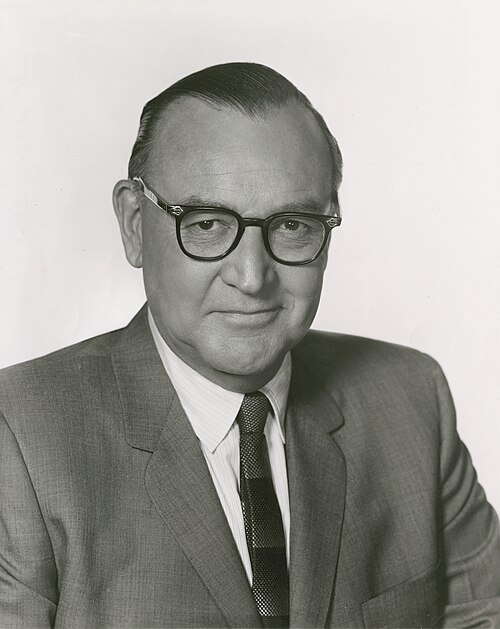
In February 1967, Robert Scheer wrote a critical piece about Robert Kennedy in Ramparts, which noted that “Kennedy’s involvement with the Vietnam problem goes back to the first days of his brother’s administration when he did as much as any man to get us deeply involved there. While Eisenhower had argued that the United States had done all it could for South Vietnam and that she must now sink or swim on her own, the new Kennedy administration had a more ‘dynamic’ approach, which centered around the theory of ‘counterinsurgency,’ and Bobby was one of its strongest advocates.”
Scheer went on to emphasize that “Kennedy’s program for America differs in no essential way from that of LBJ or any other mainstream politician. He shares the prevailing view of the Cold War and the benevolent workings of modern capitalism, and very carefully avoids any fundamental criticism of either. In his reliance on private investment as a panacea for the ills of American ghettos and underdeveloped countries alike, he is clearly to the right of the New Deal. He has also been unwilling to deal with the problem of our massive military industrial complex and to talk about conversion from a war economy to a peacetime one”
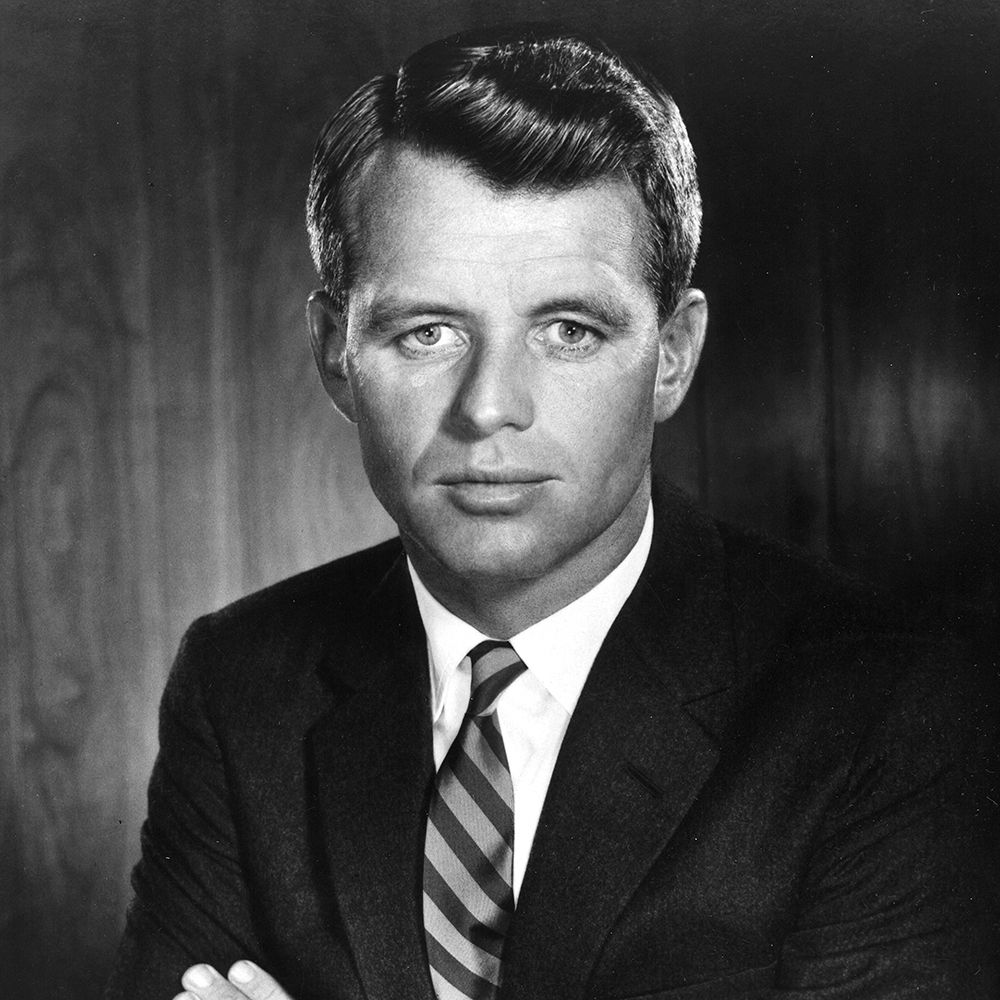
Scheer concluded that “for all the zest of the Kennedy men, they have retained a conservative approach to issues, having carefully cultivated an aura of youth as an alternative to political integrity and commitment. It is a stance which provides the illusion of change without its troublesome substance.”[19]
Scheer’s assessment should be heeded today by those who subscribe to a cult of the Kennedy brothers, believing them to be progressive saviors when the New Left recognized them as corporate liberal phonies during the 1960s irrespective of the tragedy of their assassinations, which was part of a ruling class power struggle.[20]
One of the more memorable Ramparts covers featured students burning their draft cards.
Another featured a six-year-old boy holding a Vietcong flag under the slogan: “Alienation is when your country is at war and you want the other side to win.”
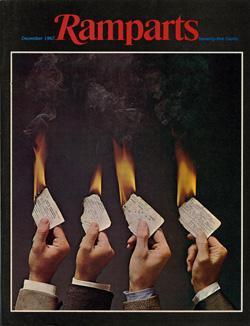

Yet another featured a North Beach stripper, Carol Doda, with the CIA’s latest recording devices.

This issue followed Ramparts’ concern about invasive surveillance practices that were further detailed when it published an exposé on the National Security Agency (NSA) and its worldwide covert surveillance network by NSA whistleblower Perry Fellwock.[21]
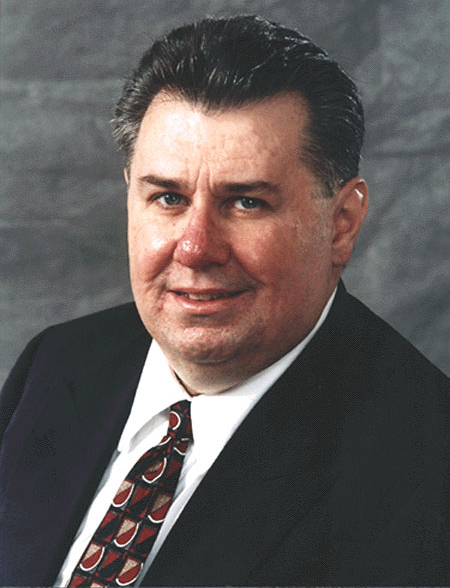
In February 1966, Ramparts published an article by Green Beret Donald Duncan, the first military veteran to come out against the Vietnam War, under the headline “I quit!” Duncan wrote that there was “no freedom to defend in South Vietnam,” as the U.S. was supporting a sordid dictatorship that routinely tortured its political opponents.
Six years later, Ramparts published an article by peace activist Fred Branfman, “The Vietnam POW’s We Left Behind” that helped expose the CIA’s overseeing a torture gulag in South Vietnam as a consequence of the Phoenix program.[22]
These articles and many others exemplified how Ramparts was at the forefront in educating people about the horrors of the Vietnam War:
Martin Luther King, Jr., even cited a Ramparts article by William F. Pepper about Vietnamese children burned by napalm as compelling him to speak out against the war.
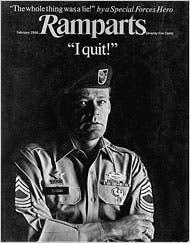
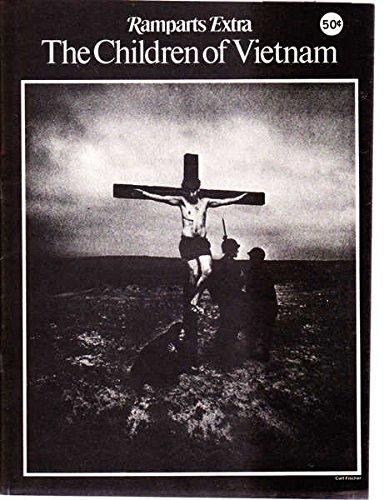
In 1967, Ramparts ran an article entitled “How the CIA Turns Foreign Students into Traitors,” which disclosed that the CIA had six full-time officers whose primary job was to recruit foreign students studying in the U.S. to become foreign spies.
Most of the spies were asked to engage in subversion against their own government in return for large cash payments–as much as $10,000–with promises also of scholarships to Harvard or Stanford and/or a permanent visa to live in the U.S.
The CIA recruitment of students was facilitated through front organizations like The American Friends of the Middle East and The Asia Foundation, which Ramparts and later The New York Times exposed as a CIA creation[23]
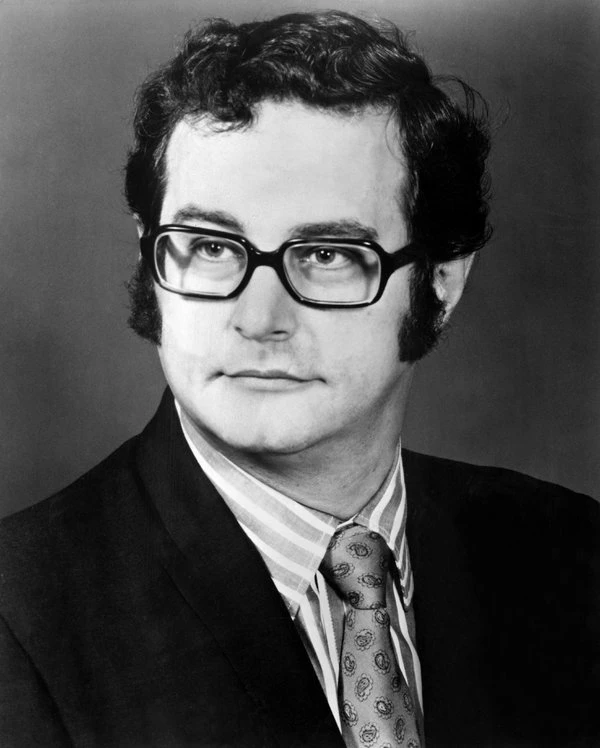
One of Ramparts’ last exposés of the CIA was an article on the “clandestine mentality” by renegade CIA officer Victor Marchetti, with John D. Marks, who authored an important book on CIA mind control experiments in the Cold War (Operation MK-ULTRA).[24]
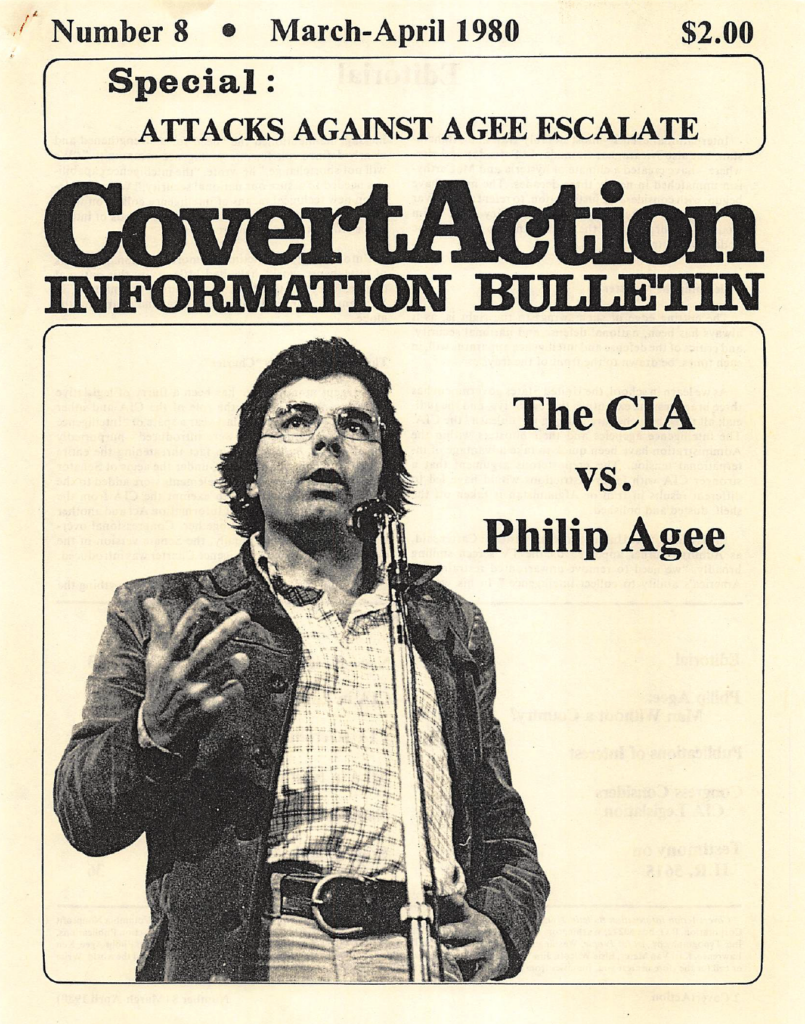
In the late 1970s, CovertAction Information Bulletin replaced Ramparts as the leading left-wing publication that exposed the CIA’s misconduct around the world.
CovertAction Information Bulletin founder Philip Agee was a CIA whistleblower intent on outing CIA officers who violated the law and were part of a criminal conspiracy to undermine the sovereignty of foreign nations in the interests of multi-national corporations.
Like Ramparts, CovertAction Information Bulletin was targeted by a CIA dirty tricks operation, with then-Senator Joe Biden threatening to imprison Agee and Louis Wolf, one of the magazine’s founders, in the early 1980s.
But the magazine survived and today publishes five articles a week in the spirit of Ramparts under the title CovertAction Magazine.
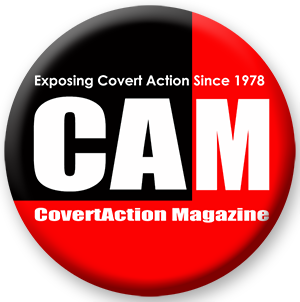
Applewhite quoted in Peter Janney, Mary’s Mosaic: The CIA Conspiracy to Murder John F. Kennedy, Mary Pinchot Meyer, and Their Vision for World Peace, 3rd ed. (New York: Skyhorse, 2016), 192. See also Evan Thomas, The Very Best Men: The Daring Early Years of the CIA (New York: Simon & Schuster, 2006). ↑
The first issue, published in May 1962, debated the moral shortcomings of J.D. Salinger and Tennessee Williams. Subsequent issues that year featured articles by Thomas Merton, a best-selling author and prominent Catholic civil rights and anti-war activist, and John Howard Griffin, author of the best-seller Black Like Me, about his experience in the South disguised as an African-American. ↑
Deliver Us from Evil provided graphic descriptions of fake Vietminh atrocities while presenting the conflict in Vietnam as a morally simple one between godless communists and freedom-loving Vietnamese. ↑
Joseph G. Morgan, The Vietnam Lobby: The American Friends of Vietnam, 1955-1975 (Chapel Hill: University of North Carolina Press, 1997), x. According to Morgan, the AFV was an unusual alliance of ex-left intellectuals, conservative Generals and liberal politicians including John F. Kennedy that “created an ideological framework justifying America’s intervention in Vietnam and the Saigon government’s harsh treatment of political opponents as a necessary reaction to the communist menace.” ↑
Peter Richardson, A Bomb in Every Issue: How the Short, Unruly Life of Ramparts Magazine Changed America (New York: The New Press, 2009), 50. ↑
Richardson, A Bomb in Every Issue, 50. ↑
Richardson, A Bomb in Every Issue, 50. ↑
Sol Stern, “The Ramparts I Watched,” City Journal, Winter 2010. According to The New York Times, Ramparts “restored the lapsed institution of muckraking, put showmanship back into journalism and gave radicalism a commercial megaphone.” ↑
Richardson, A Bomb in Every Issue, 79. ↑
Hugh Wilford, The CIA: An Imperial History (New York: Basic Books, 2024), 164. ↑
Gregg L. Michel, Spying on Students: The FBI, Red Squads and Student Activists in the 1960s South (Baton Rouge: Louisiana State University Press, 2024), 20. ↑
Stern wrote pieces celebrating the Black Panthers and about the 1960s race riots entitled “America’s Black Guerrillas,” among others. He broke with Ramparts and the left because of its criticism of Israel and became a neoconservative. ↑
A red diaper baby, Horowitz was author of the book The Free World Colossus: A Critique of American Foreign Policy in the Cold War (London: Macgibbon & Kee, 1965) and Student: The Political Activities of the Berkeley Students (Ballantine, 1962) which allegedly inspired Berkeley Free Speech leader Mario Savio to go to Berkeley. Horowitz also developed a close relationship with Black Panther leader Huey P. Newton before turning on the left and becoming a right-wing demagogue. See article in Scheer Post about him here. ↑
One article by Gene Marine was ahead of its time in advocating for the use of electric vehicles, warning about genetically modified foods and how overreliance on fossil fuels was resulting in high carbon emissions that was accelerating climate change among other adverse effects. Another Ramparts article by Barry Weisberg detailed some of the environmental ravages bred by the oil industry. Still another by Roger Rapaport for a special ecology issue critiqued the nuclear power industry, which it called a “totalitarian polluter.” Roger Rapoport, “Catch 24,400 (or, Plutonium Is My Favorite Element).” Ramparts. May 1970; Gene Marine. “America the Raped.” Ramparts. April 1967; Gene Marin. “America the Raped: Part II.” Ramparts. May 1967; Barry Weisberg. “Alaska-The Ecology of Oil.” Ramparts. January 1970. ↑
Ramparts published numerous articles celebrating Black Panther leaders like Huey P. Newton and Eldridge Cleaver. One engaging piece written by Cleaver, “My Father and Stokely Carmichael” lamented the conservatism of the World War II generation and contrasted it with the radicalism of the new generation of black leaders epitomized by Stokely Carmichael. ↑
Rex Stout, “The Case of the Spies Who Weren’t.” Ramparts. January 1966; Walter Schneir, “The Second Frame-up of Julius and Ethel Rosenberg.” Ramparts. August 1973. ↑
Turner wrote other articles for Ramparts criticizing J. Edgar Hoover and the FBI. He confessed to participating in illegal wiretaps while serving as an FBI agent. ↑
Ramparts editorialized that “Pat Brown has said nothing on civil rights that would disturb the tranquility of an Alabama sheriff.” “Golly Gee, California is a Strange Place.” Ramparts. October 1966. Brown’s son Jerry would serve as California Governor from 1979-1983 and from 2011 to 2019.. ↑
Robert Scheer, “A Political Portrait of Robert Kennedy.” Ramparts. February 1967. ↑
See Jeremy Kuzmarov, “The Liberal Savior as Conservative: John F. Kennedy’s Foreign Policy,” Class, Race and Corporate Power, 12, 2, 2024. ↑
Fellwock said he was motivated by Daniel Ellsberg’s release of the Pentagon Papers. ↑
Branfman was also known for bringing to public attention the horrifying human costs of the CIA-run secret war in Laos. ↑
David H. Price, Cold War Deceptions: The Asia Foundation and the CIA (Seattle: University of Washington Press, 2025), 141, 142. The Ramparts article quoted Abdul Latif Hotaki, a student from Afghanistan who attended California State Polytechnic College at San Luis Obispo, who said a CIA agent attempted to recruit him in 1961. When Hotaki refused the CIA’s offer, he said that he was harassed by the Immigration and Naturalization services, even though he had become a U.S. citizen after marrying an American woman whom he had two kids with. ↑
The article was excerpted from Marchetti’s book, The CIA and the Cult of Intelligence (New York: Alfred A. Knopf, 1974). ↑
CovertAction Magazine is made possible by subscriptions, orders and donations from readers like you.
Blow the Whistle on U.S. Imperialism
Click the whistle and donate
When you donate to CovertAction Magazine, you are supporting investigative journalism. Your contributions go directly to supporting the development, production, editing, and dissemination of the Magazine.
CovertAction Magazine does not receive corporate or government sponsorship. Yet, we hold a steadfast commitment to providing compensation for writers, editorial and technical support. Your support helps facilitate this compensation as well as increase the caliber of this work.
Please make a donation by clicking on the donate logo above and enter the amount and your credit or debit card information.
CovertAction Institute, Inc. (CAI) is a 501(c)(3) non-profit organization and your gift is tax-deductible for federal income purposes. CAI’s tax-exempt ID number is 87-2461683.
We sincerely thank you for your support.
Disclaimer: The contents of this article are the sole responsibility of the author(s). CovertAction Institute, Inc. (CAI), including its Board of Directors (BD), Editorial Board (EB), Advisory Board (AB), staff, volunteers and its projects (including CovertAction Magazine) are not responsible for any inaccurate or incorrect statement in this article. This article also does not necessarily represent the views the BD, the EB, the AB, staff, volunteers, or any members of its projects.
Differing viewpoints: CAM publishes articles with differing viewpoints in an effort to nurture vibrant debate and thoughtful critical analysis. Feel free to comment on the articles in the comment section and/or send your letters to the Editors, which we will publish in the Letters column.
Copyrighted Material: This web site may contain copyrighted material the use of which has not always been specifically authorized by the copyright owner. As a not-for-profit charitable organization incorporated in the State of New York, we are making such material available in an effort to advance the understanding of humanity’s problems and hopefully to help find solutions for those problems. We believe this constitutes a ‘fair use’ of any such copyrighted material as provided for in section 107 of the US Copyright Law. You can read more about ‘fair use’ and US Copyright Law at the Legal Information Institute of Cornell Law School.
Republishing: CovertAction Magazine (CAM) grants permission to cross-post CAM articles on not-for-profit community internet sites as long as the source is acknowledged together with a hyperlink to the original CovertAction Magazine article. Also, kindly let us know at info@CovertActionMagazine.com. For publication of CAM articles in print or other forms including commercial internet sites, contact: info@CovertActionMagazine.com.
By using this site, you agree to these terms above.
About the Author

Jeremy Kuzmarov holds a Ph.D. in American history from Brandeis University and has taught at numerous colleges across the United States. He is regularly sought out as an expert on U.S. history and politics for radio and TV programs and co-hosts a radio show on New York Public Radio and on Progressive Radio News Network called “Uncontrolled Opposition.”
He is Managing Editor of CovertAction Magazine and is the author of six books on U.S. foreign policy, including Obama’s Unending Wars (Clarity Press, 2019), The Russians Are Coming, Again, with John Marciano (Monthly Review Press, 2018), Warmonger. How Clinton’s Malign Foreign Policy Launched the U.S. Trajectory From Bush II to Biden (Clarity Press, 2023); and with Dan Kovalik, Syria: Anatomy of Regime Change (Baraka Books, 2025).
Besides these books, Kuzmarov has published hundreds of articles and contributed to numerous edited volumes, including one in the prestigious Oxford History of Counterinsurgency .
He can be reached at jkuzmarov2@gmail.com and found on substack here.









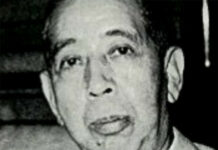

This was a delight to read. I have been critical of the US and its imperial impulses destroying at will.
I can’t remember how I came across this article . I had saved it to read later some time ago and have finally gor round to it.
Greetings from Scotland btw …lol
Great historical review of a great publication. CAM is still revealing the swine behind war crime reality and its sick culture.